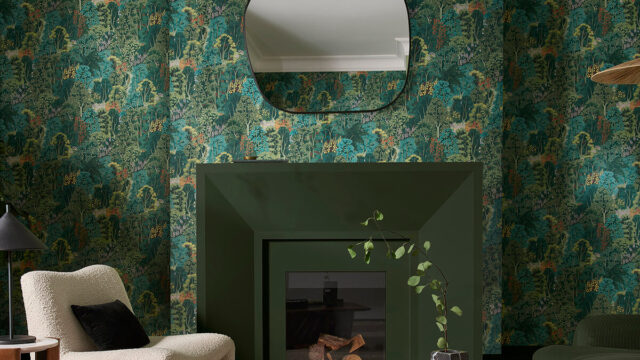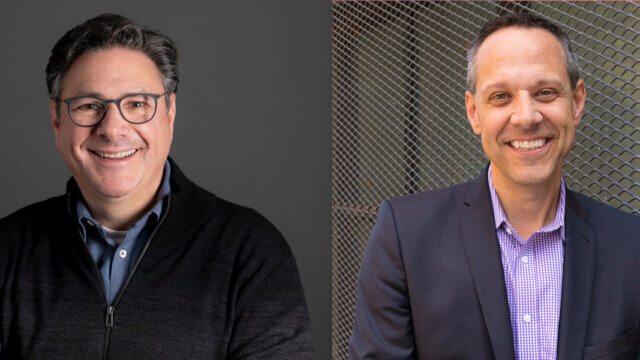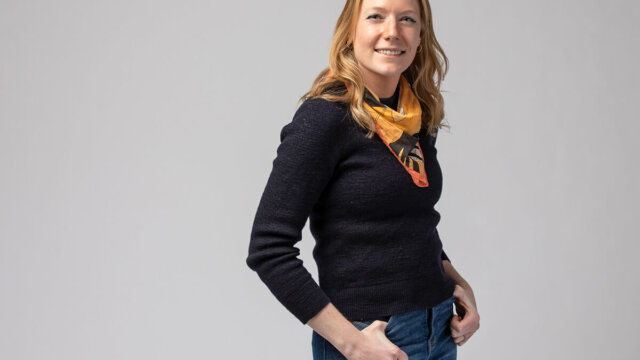Ahead of the new year, Wayfair Professional has revealed its interior design trend predictions. The Wayfair Professional design experts looked at how interiors are evolving to meet the changing aesthetics and rounded up eight design trends to watch in 2021:
Bold Emerald—A particularly rich hue, emerald recalls the height of spring, deep moss, pine-forest hues and renewal. Utilize this deep, versatile color by bringing nature indoors and incorporating striking emerald walls, an emerald velvet couch or luxe emerald finishes. Accent with green marble, lacquered paint or glazed ceramics for a tone on tone look.
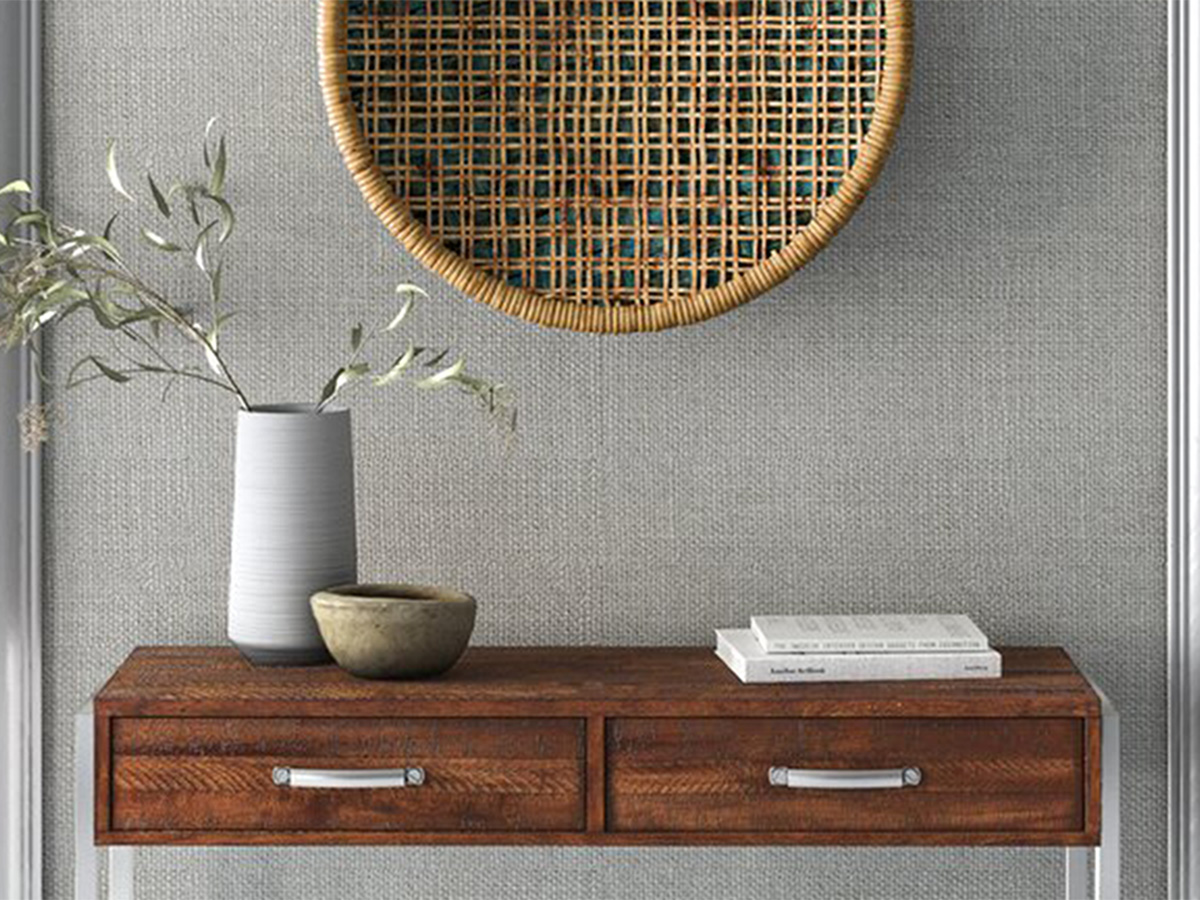
Nature-Inspired—More than ever, people are craving a renewed bond with nature and the outdoors. Organic materials and pure textiles showcase nature’s beauty, structure and irregularities. Earth tones, organic shapes and textures, woven rattan and reclaimed and recycled materials speak to the need for sustainable design and everyday wellness.
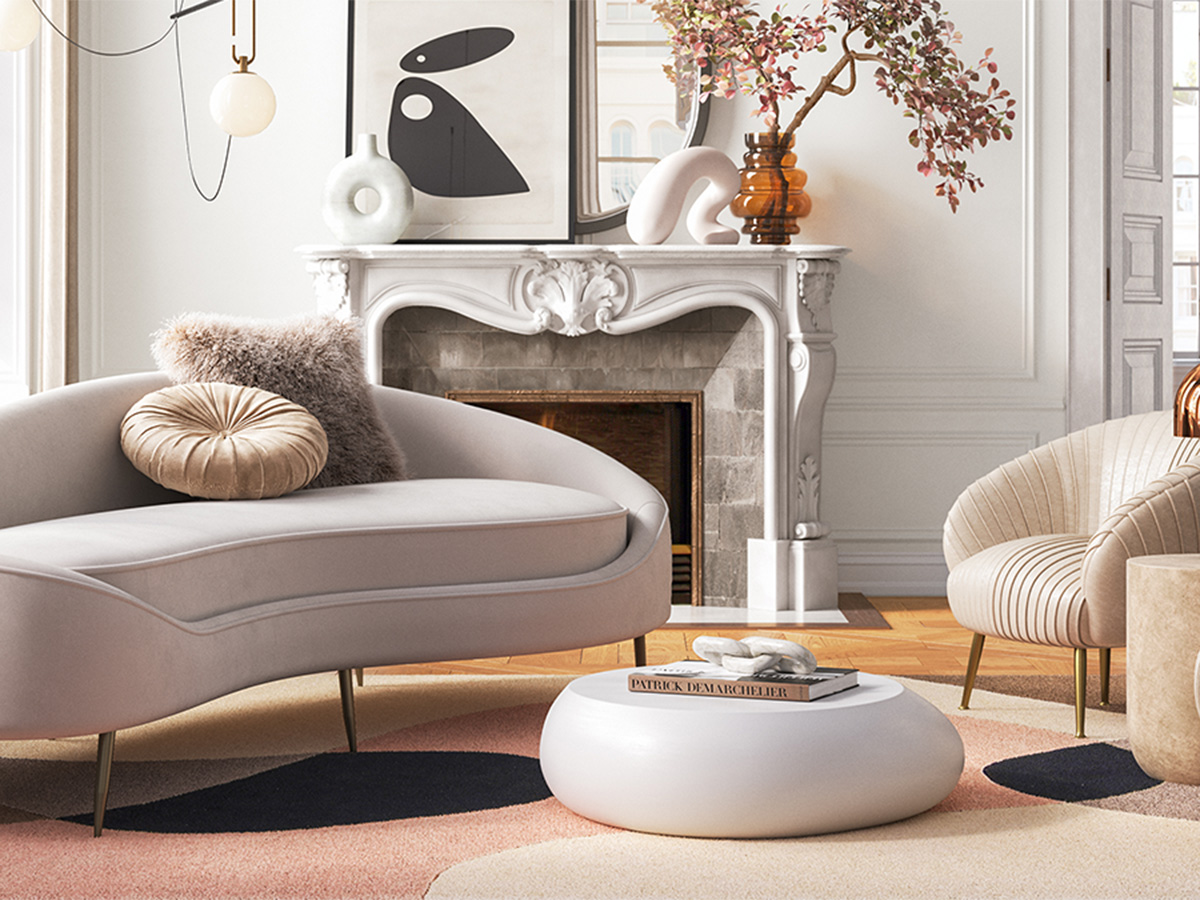
Curved Statements—Evolving from art deco shapes and patterns, modern curved statement pieces soften and relax a room while maintaining a refined, architectural design. Rounded furnishings and other elements offer a sense of clarity, precision and freshness to a space. This trend feels almost Parisian, where art meets design, with clean lines, light neutrals and soft features.
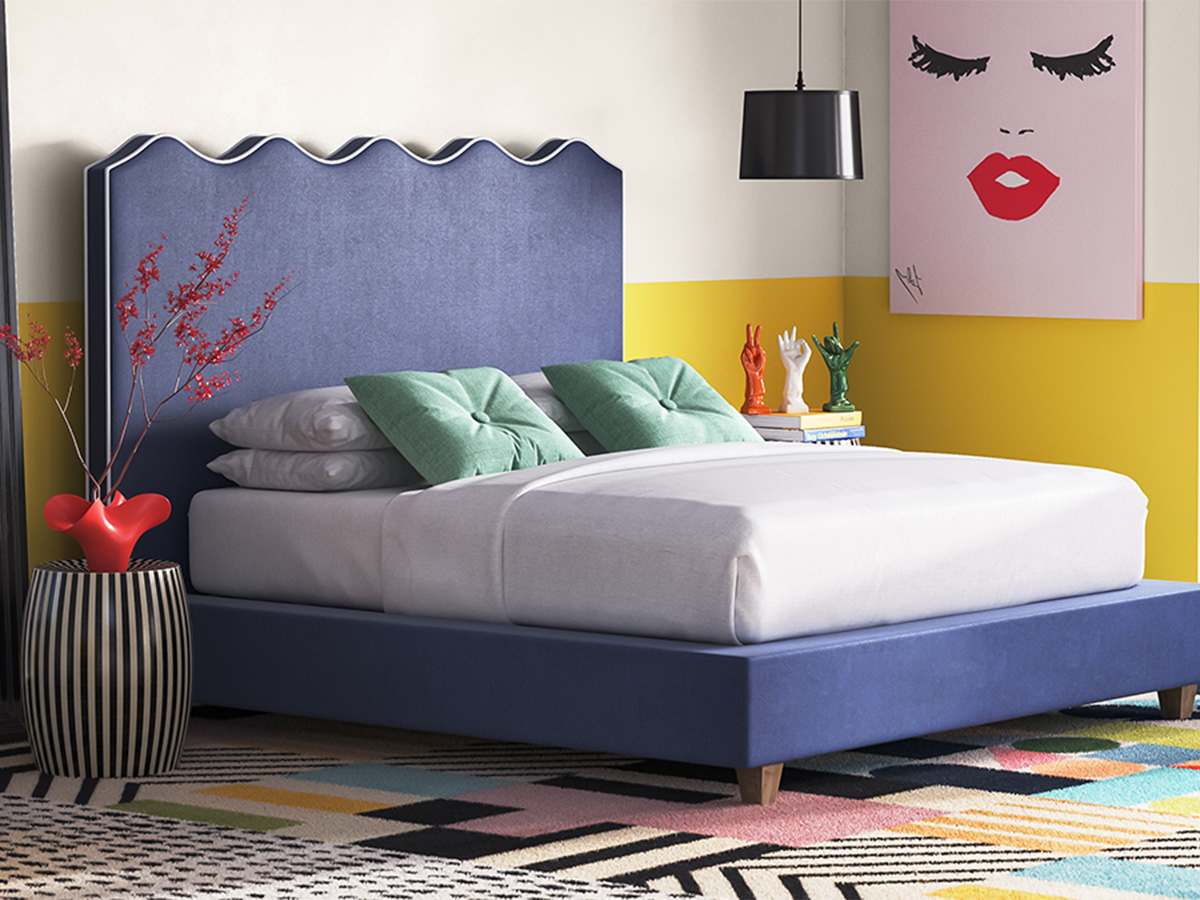
’80s Revival—Highly curated, vintage 80s inspiration with a sculptural overtone and purposeful use of color. Design pieces that explore the wild side of geometry. Playful, exuberant and over-the-top best describes this retro trend. Look for polished metals, oversized pieces, high gloss, bold shapes and energetic colors.
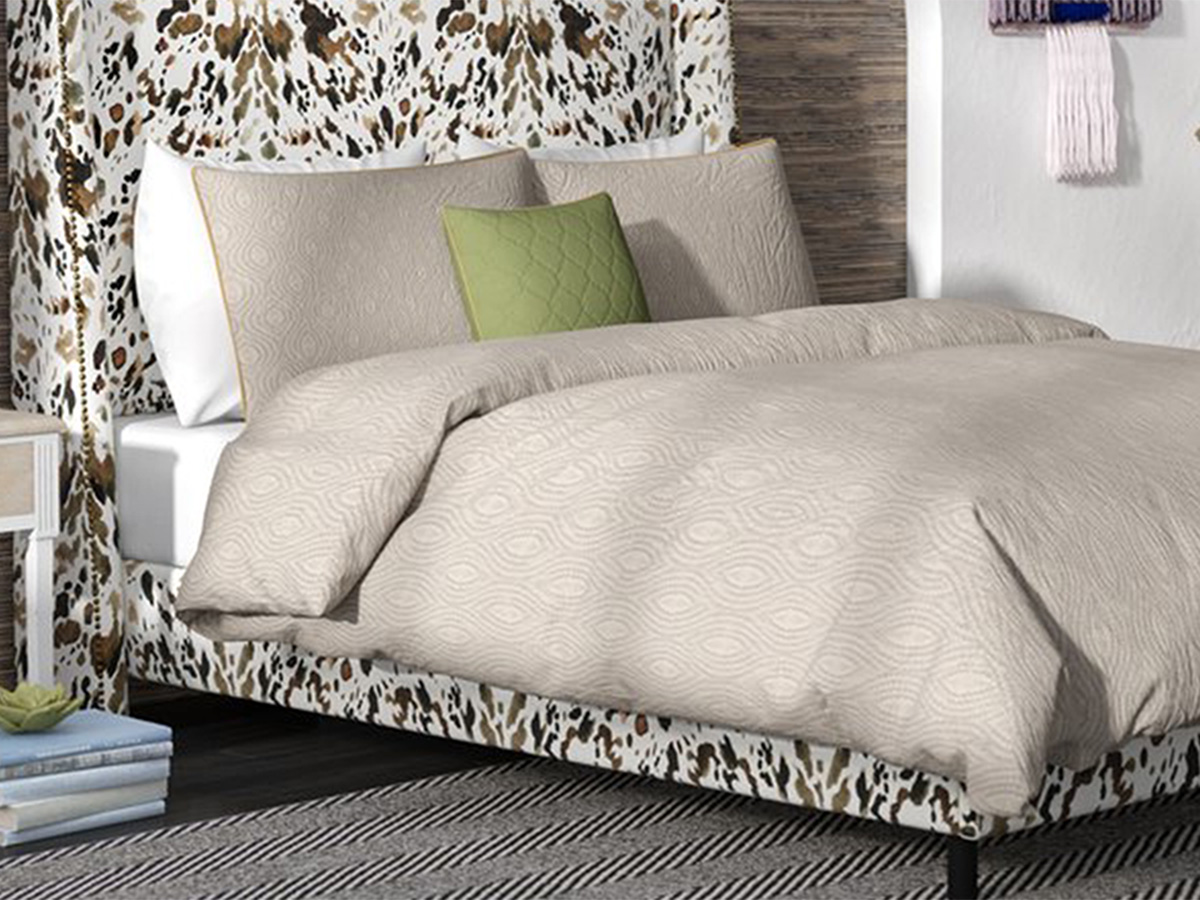
Tradish With a Twist—Make the classics feel modern again by mixing mid-century pieces with more traditional elements. Fearless use of color, touches of nostalgia and a sense of humor are key with this playful trend. Statement wallpaper, colored glass, plush velvets in rich tones and a touch of vintage will bring this design to life.

Modern Boho Chic—Mix neutral tones with unique patterns and metallic accents.
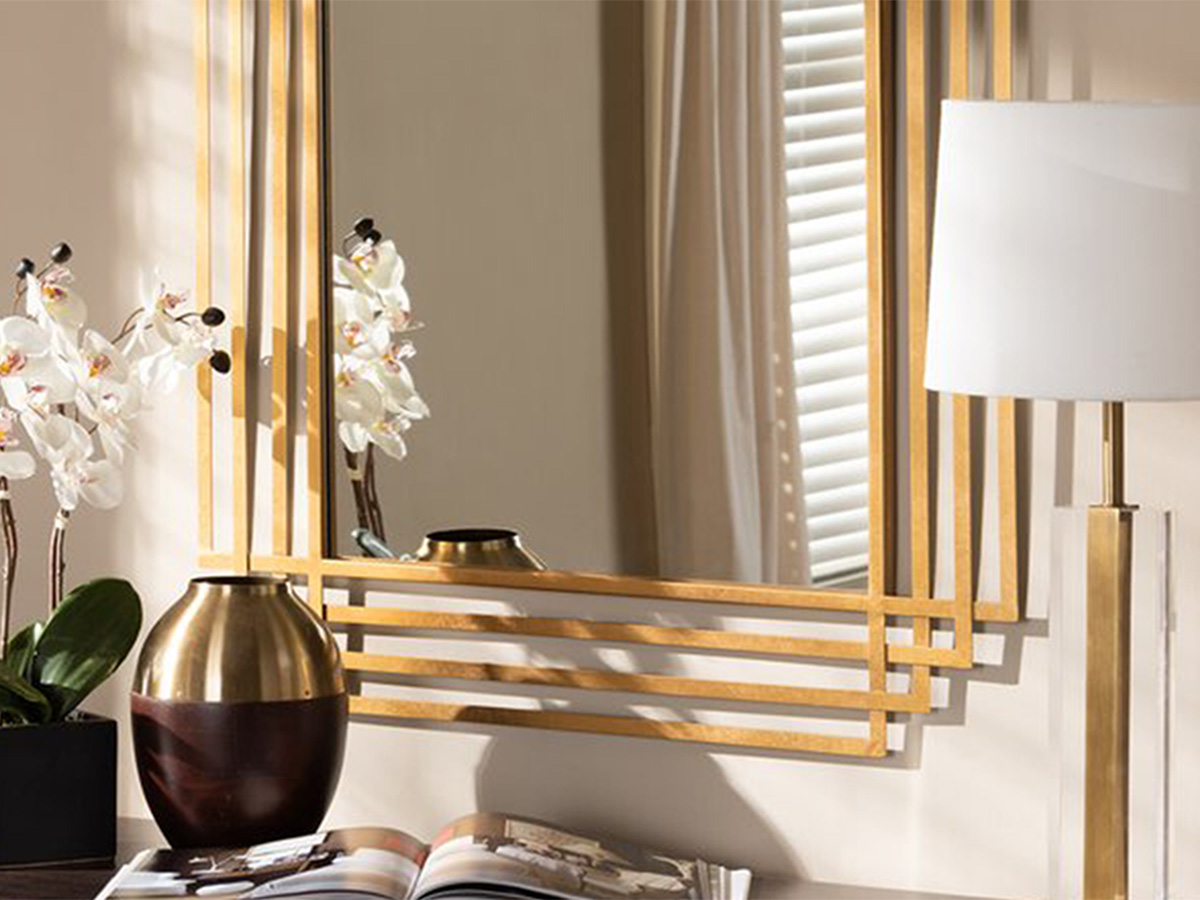
Classic Glam Contemporary—Chic silhouettes and metallic accents blend with art deco style.
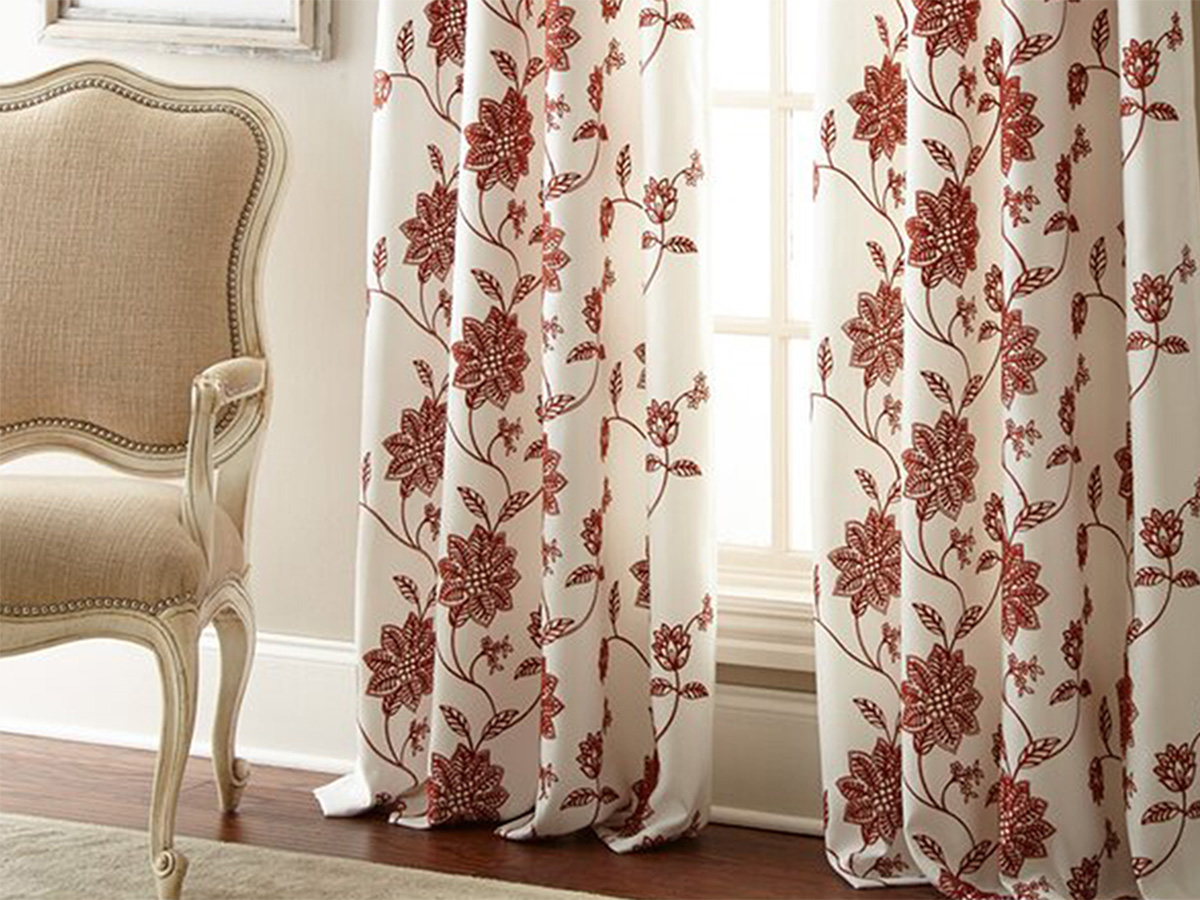
Cozy Comfort—Evoke the past with timeless pieces and heirloom touches.
We asked Charlie Reichenbach, GM of hospitality for Wayfair Professional, for some insight into how they landed on these trends and some insight into what else to expect for the coming year:
How do you expect hospitality design to evolve in 2021? What should designers keep in mind as we enter the new year?
Investing in guestrooms should be the priority as we head into the new year. There is no question that guests are still going to prefer separation, wherever they can get it. So, guestrooms will need to be as multi-functional as possible, with room to do work, have a meal and maybe even workout. Alongside this, investment in smart technology in-room will continue to take hold.
In lobbies and lounges, keep seating groups smaller and account for areas where one person can comfortably sit without feeling like they’re out of place. Continued investment in activating underused outdoor space will be critical and we anticipate a desire for fresh air and comfortable outdoor spaces will continue post-pandemic. As far as materials across spaces, simple design will be best, bearing in mind the need to regularly clean surfaces with ease.
What are some common themes among all of these trends?
We’re definitely seeing influence from other eras and design periods, perhaps with a sense of nostalgia. A few examples that stand out are the art deco inspiration of the curved statement piece trend and of course the revival of 1980s aesthetic that lends itself to a more exuberant, retro aesthetic. Ultimately, calming neutrals are still foundational to a lot of these trends but then there’s the introduction of a pop of color, a unique style of furniture or something unexpected. Note: The trends aren’t all connected necessarily but rather popular design influences and/or specific elements that we’re seeing come through for 2021.
With the use of outdoor space on the rise this year, how is this affecting interior design? More specifically, how should designers look to incorporate nature, sustainability and green colors into design?
Access to outdoor spaces will continue to be popular into 2021. Guests will be looking to dine outside and generally have space from other guests in open air settings. Designers should create a seamless transition between indoor and outdoor spaces, allowing both to feel open and airy.
Where outdoor space may be limited, incorporate natural materials like cane or rattan, earth tones and wood accents to give a more organic aesthetic to the indoors. Natural elements and earth tones tend to have a calming, grounding effect and will continue to be relevant as guests consider their overall wellness as part of their stay. Consider using greenery indoors as dividers between seating areas or find other ways to layer in natural elements, like preserved moss gardens or succulents.
Hotel design has to make guests feel safe and comfortable now. What trends are you seeing that honor that expectation?
More than ever, guests are looking for practical design, cleanliness and distance from other guests without isolation. Materials and surfaces should be easy to clean, flow through common areas should be unobstructed with properly distanced seating groups and expanded outdoor lounges should feel connected to the rest of the property. Guestroom design will be crucial, multi-functional space is now a must. The design of all these spaces can still feel elevated and streamlined while meeting the expectations of guests’ comfort and safety.
Looking at these trends, there seems to be an emphasis on classic and traditional design, but with a twist. Can you detail that?
There are some classic designs that will always be relevant and we’re seeing some come through in our 2021 interior design trends. You can build the foundation of a guestroom or lobby on tried and true pieces and then layer in a statement furniture piece and decor to make it feel fresh and unexpected. Evolving design doesn’t necessarily mean you need a complete overhaul of your aesthetic but rather just to introduce contemporary iterations of classic pieces and bring in some newness.

